Modified atmosphere packaging (MAP) is a type of food packaging in which the composition of the gas mixture surrounding the food is modified to extend its shelf life.
Today’s consumer is more interested than ever in purchasing foods that are fresh and have a longer shelf life.
This has led to an increase in the use of modified atmosphere packaging (MAP) for a variety of food products. So how does MAP actually work to preserve the freshness of food? Let’s find out.
What is the purpose of Modified Atmosphere Packaging?
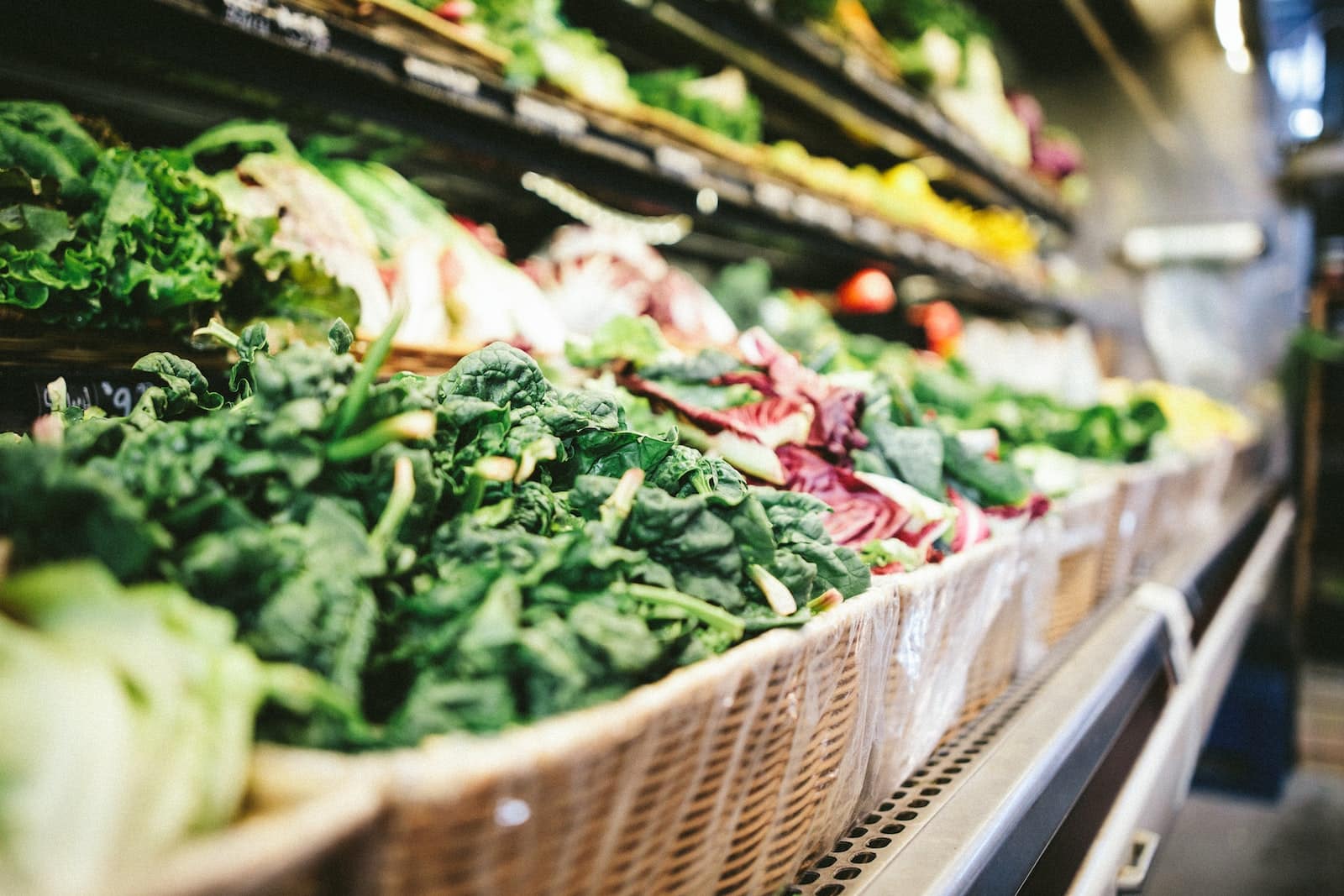 By definition, modified atmosphere packaging is “the modified atmosphere within a package consisting of a gas or mixture of gases other than air.”
By definition, modified atmosphere packaging is “the modified atmosphere within a package consisting of a gas or mixture of gases other than air.”
In other words, MAP works by changing the environment surrounding the food product in order to prolong its shelf life. This is typically done by reducing the amount of oxygen and increasing the amount of carbon dioxide in the package.
This is called oxidation. The oxidation of food products is also slowed down by modified atmosphere packaging, which further extends the shelf life of the product. The four most common modified atmospheres used in embalagem de alimentos are nitrogen, carbon dioxide, oxygen, and argon.
These four elements are often combined in different ways to create the perfect atmosphere for a particular food product.
For example, modified atmosphere packaging for fresh meat would typically use a nitrogen/carbon dioxide mixture, while modified atmosphere packaging for fresh fruits and vegetables would use an oxygen/carbon dioxide mixture.
The main purpose of modified atmosphere packaging is to extend the shelf life of a food product by slowing down the rate of deterioration. This is achieved by changing the gas composition inside the package so that it is less hospitable for microorganisms such as bacteria and fungi, which are the main cause of food spoilage.
The benefits of using MAP include:
- Extended shelf life for perishable foods
- Improved product quality
- Reduced weight loss and dehydration during storage
- Less spoilage and contamination
Active modified atmosphere packaging
Active modified packaging is a modified atmosphere packaging system in which an active component is used to control the atmosphere surrounding the food product.
The most common type of active modified packaging is modified atmosphere packaging with an oxygen absorber. These oxygen absorbers are typically made of iron oxide, which is a natural oxidizing agent.
As the name suggests, it displaces the gases in the package and replaces them with desired gas. This modified atmosphere packaging system is often used for products that are highly susceptible to oxidation such as dried fruits, nuts, and cereals.
Passive modified atmosphere packaging
Passive modified atmosphere packaging includes using a certain type of film to package a product. The required environment develops spontaneously owing to the respiration of the products and gas diffusion through the film.
This modified atmosphere packaging system is often used for products that have a low respiration rate and do not release high concentrations of carbon dioxide, such as cheese and salami.
Origins of Modified Atmosphere Packaging
The origins of modified atmosphere packaging can be traced back to the early 19th century when French chemist Michael Eugene Chevreul discovered that certain gases could be used to preserve food.
In 1809, Chevreul discovered that adding carbon dioxide to milk would prevent it from spoiling. This process, known as “carbonation,” is still used today to preserve milk and other dairy products. It wasn’t until the mid-20th century that modified atmosphere packaging began to be used on a large scale.
In the 1950s, scientists in the United States and Europe began experimenting with different gas mixtures to extend the shelf life of various food products. Modified atmosphere packaging began to be used commercially in the 1960s and has since become a common practice in the indústria alimentar.
How does Modified Atmosphere Packaging Work in Packaging Machines?
As mentioned, modified atmosphere packaging works by slowing down the rate of spoilage of a food product.
This is done by changing the gas composition inside the package so that it is less hospitable for microorganisms such as bacteria and fungi, which are the main cause of food spoilage. Máquinas de embalagem that modified atmosphere packaging can use either nitrogen or carbon dioxide.
Nitrogen is effective in inhibiting the growth of bacteria, while carbon dioxide works by suffocating bacteria. With these two combined, modified atmosphere packaging can effectively preserve the freshness of food.
This means that modified atmosphere packaging can effectively preserve the freshness of food for a longer period of time.
What are the Different Types of Modified Atmosphere Packaging?

Válvulas unidireccionais
These plastic valves, which are often used in the coffee business, let gases exit the package while preventing the entry of any other substances.
One-Way Valves let certain gases leave the container while preventing the entry of any other gases from the environment. This is often done to relieve the pressure that has been built up as a result of off-gassing, which is the process by which goods give off gases or other chemicals.
In order to facilitate improved stacking and palletization, one-way valves may also be used to enable air to be released from packages.
Gas (nitrogen) flush
A utilização de gas flushing of packages, which is highly prevalent, is one of the most frequent and widely used active MAP methods for food and beverage goods. Gas flushes are made of three components:
- Substitution of another gas for oxygen in order to postpone oxidation
- Reducing the proliferation of aerobic organisms that cause spoiling
- Performing the function of a filler in order to preserve the uniformity of the packaging
In the procedure known as “gas flushing,” a non-hazardous gas, often nitrogen, is actively pushed into the bag before it is sealed in order to displace the oxygen that is present in the surrounding air.
Because oxygen is one of the most damaging agents to food’s freshness, this is done to reduce the quantity of oxygen that is contained inside the package. As a result, the pace at which the food will go bad will be reduced.
The MAP option of nitrogen gas flush is something that a lot of our customers decide to add to their packaging processo.
Desiccant packs
These specially formulated packing films have a lower permeability to oxygen and/or moisture than conventional films.These little packets, which resemble sachets, often include a combination of iron powder and ascorbic acid, and they may also include activated carbon.
These components serve as catalysts or activators, soaking up moisture and oxygen from the surrounding environment and removing it from the inside of the package that contains the perishable item.
This is often used in the packaging of goods such as dried fruit, where it is essential to reduce the moisture content in order to maintain.
Barrier packaging materials
Passive modified environment packaging includes the selection of certain packaging sheets that give greater protection.
Utilizing barrier materiais de embalagem with lower susceptibility to moisture and oxygen, such as polyvinyl chloride (PVC), low-density polyethylene (LDPE), or polypropylene. These materiais de embalagem, in addition to being more expensive, are also thicker than their non-barrier counterparts.
This is due to the extra layering that is necessary in order to provide an adequate barrier to moisture and oxygen.
How Modified Atmosphere Packaging Helps Vegetables and Fruits Preserve Its Freshness?
Modified atmosphere packaging preserves or reduces oxygen levels inside a container to levels that are beneficial to prolong shelf life.
Generally, oxygen levels between 1% and 5% are sufficient to postpone the oxidation of fresh vegetables. Under 8% concentration, ripening and maturity might be delayed.
The table below indicates the estimated shelf life of several types of produce when MAP technologies are used under ideal conditions:
- Apples: 2 – 11 months (1 – 2% oxygen levels)
- Pears: 3 – 11 months (1 – 2% oxygen levels)
- Grapes: 6 – 8 weeks (0.5% oxygen levels)
- Bananas: 15 days (2 – 5% oxygen levels)
- Lettuce: 3 – 4 weeks (1 – 3% oxygen levels)
Typically, nitrogen gash flush is used to attain these low oxygen levels while packing fresh-cut fruits and vegetables.
After filling and just before sealing, nitrogen gas is pumped into each box by a nitrogen generator that is integrated with a packing machine.
Many product firms perceive the additional benefit of investing in packaging materials with low oxygen transfer rates and a strong oxygen barrier (OTR). These coatings have a low oxygen permeability, which gives greater oxidation resistance.
Considerações finais
When it comes to modified atmosphere packaging, there are a few key factors to consider in order to ensure that your product remains fresh.
Modified atmosphere packaging is helpful in keeping fruits and vegetables fresh by reducing oxygen levels and delaying ripening.
There are a few different ways to modify atmosphere packaging, including gas flushing, desiccant packs, and barrier packaging materials.
É important to select the right modified atmosphere packaging method for your product in order to ensure its freshness.
Should you need help with knowing more, Máquina de espátula is a renowned packaging manufacturer that will be able to advise you further on this topic!
Contact us today for a free consultation.

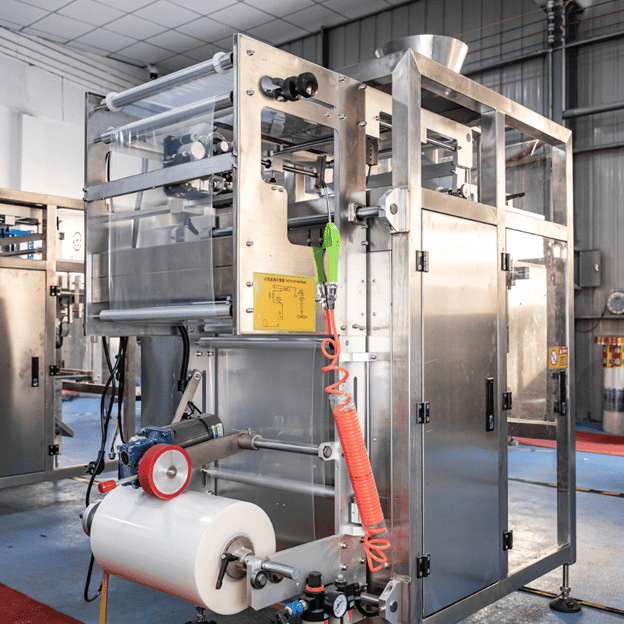
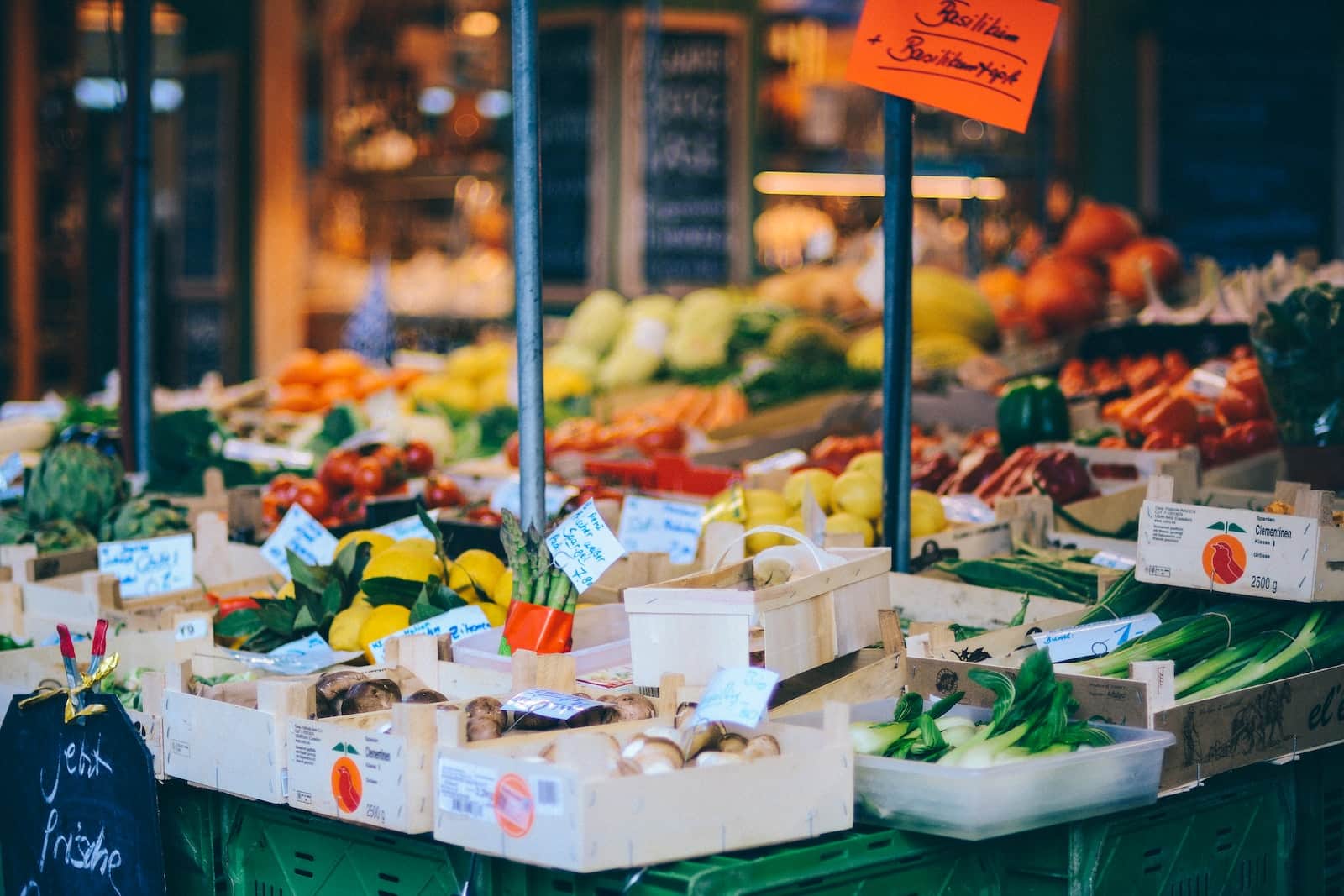
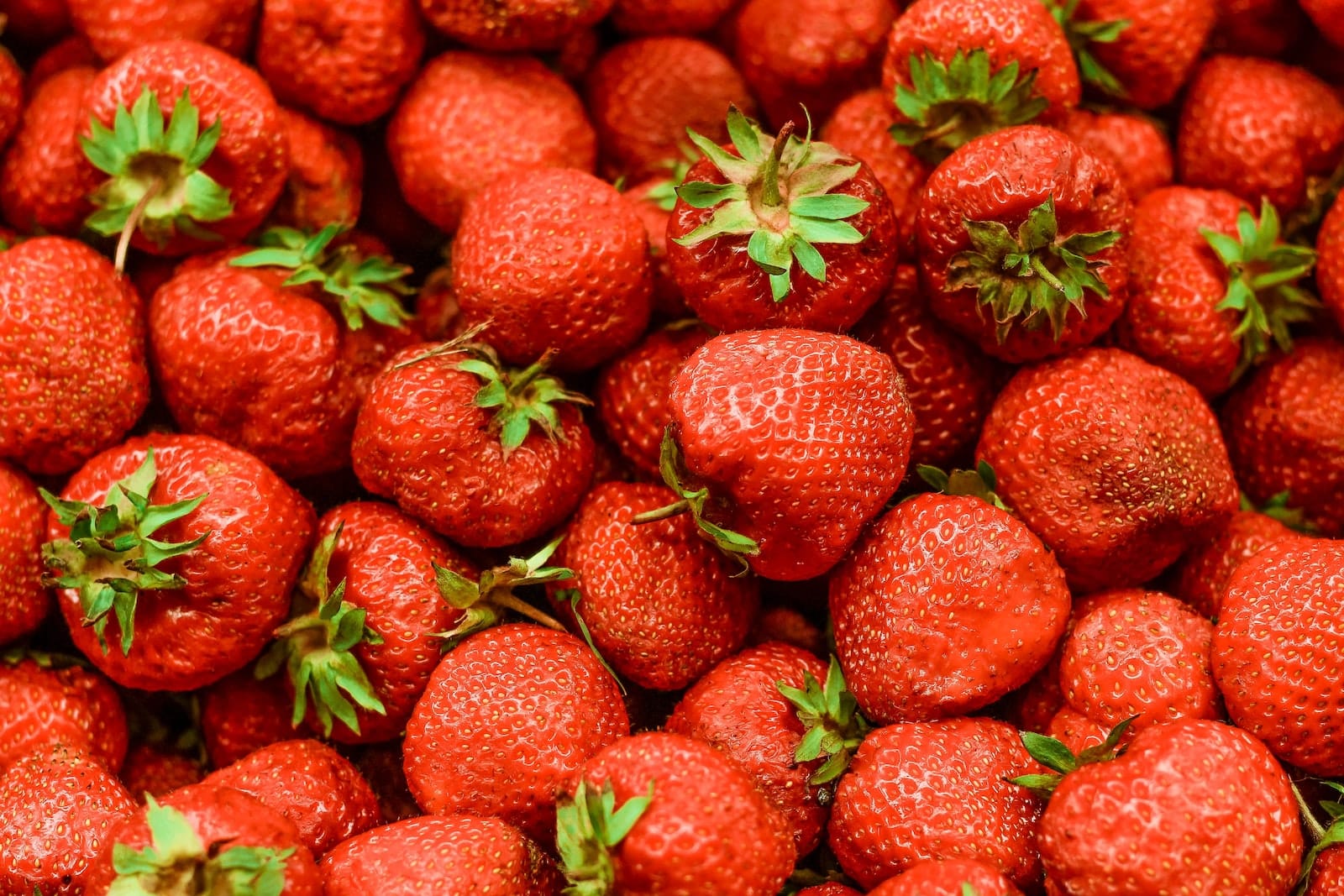
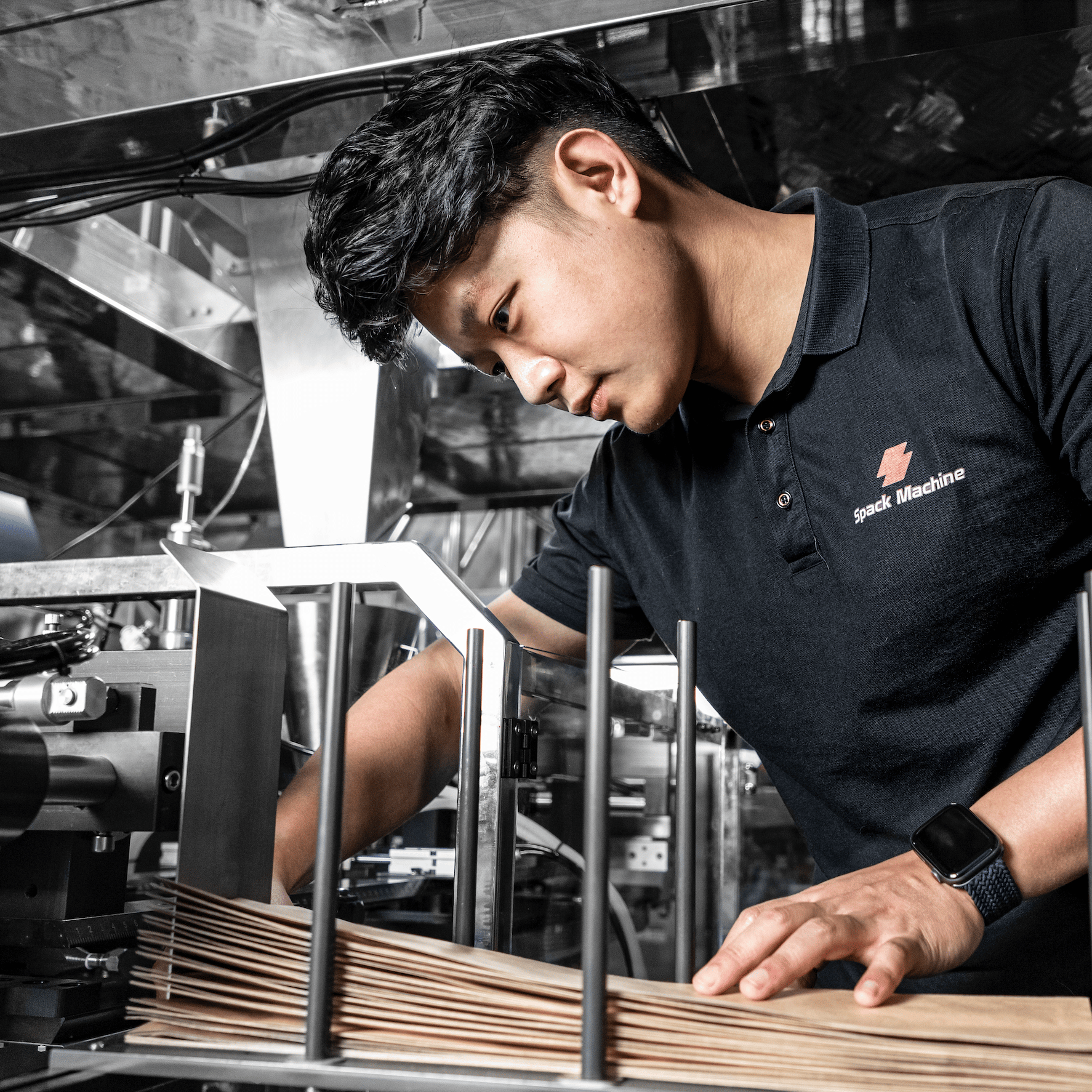
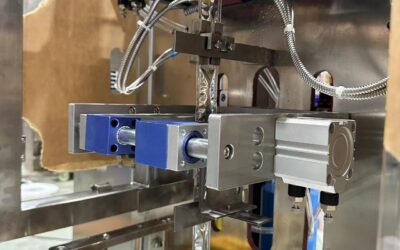
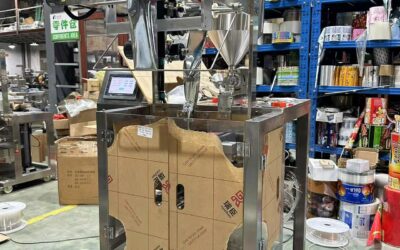
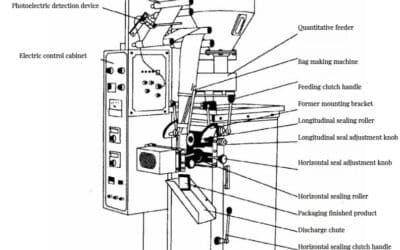
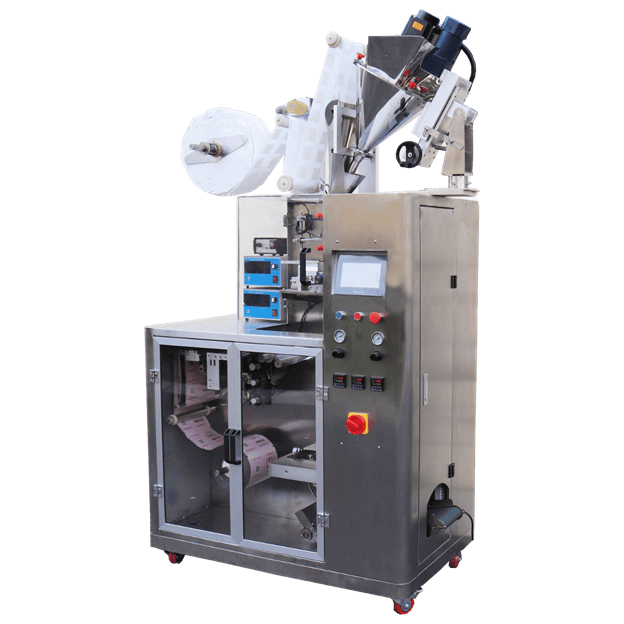
0 Comentários